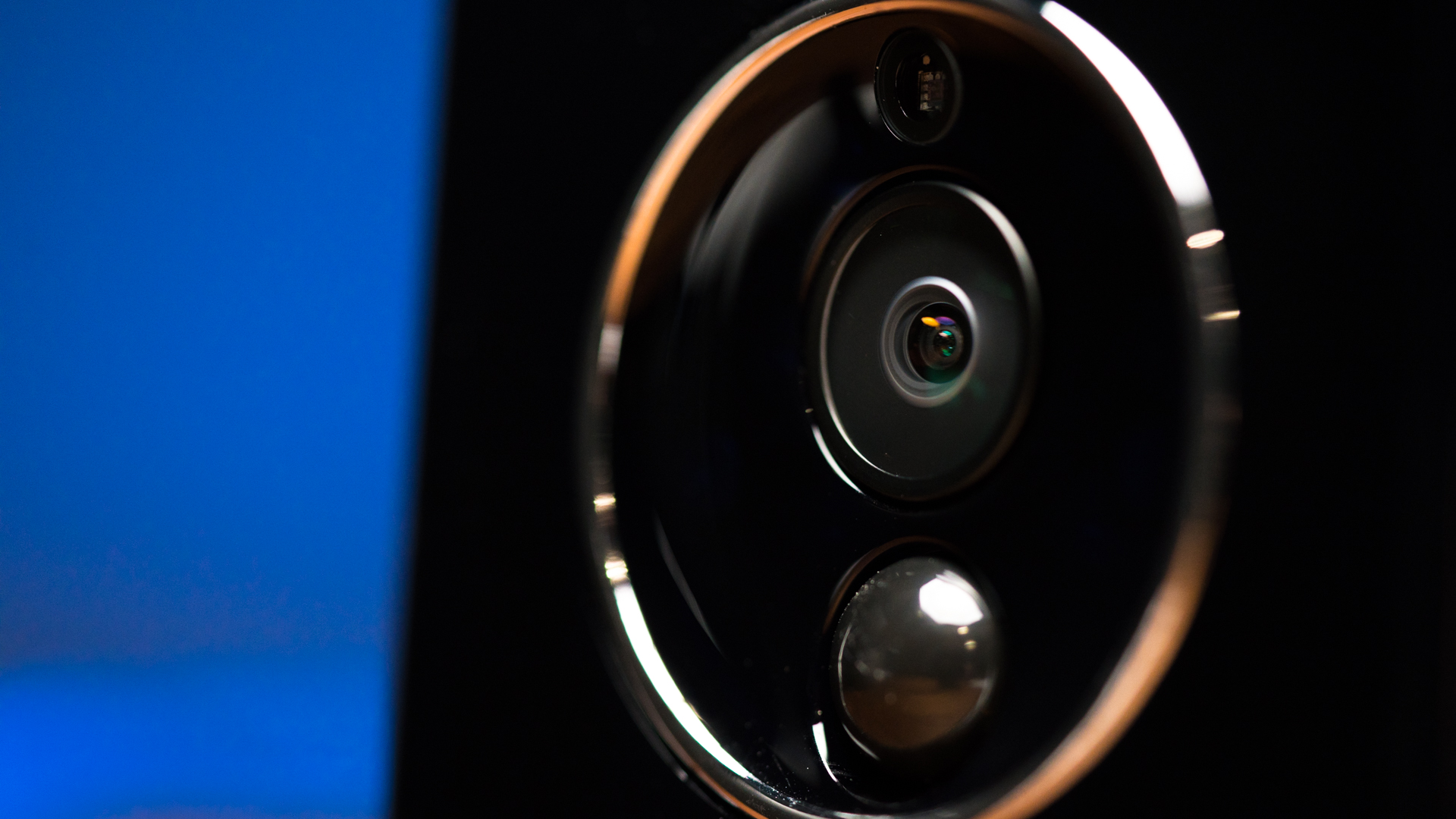
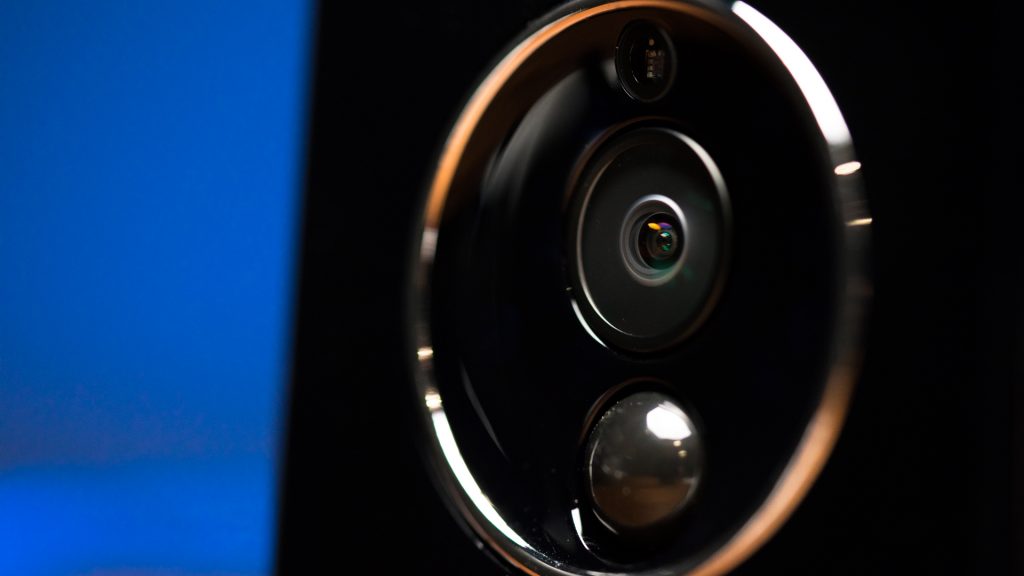
It goes without saying that home security should be top-of-mind for everyone. Even if a neighborhood is considered “safe”, we all know the potential for burglary or package theft is present everywhere. Since contracting a home security service like ADT (or any other provider) is quite costly and only gives you reactive protection after a break-in, many people are taking matters into their own hands and opting for a DIY surveillance system.
While a DIY surveillance system can consist of a variety of elements like smart sensors, locks, and alarms, the main element is is of course a surveillance camera network. There are a variety of elements that go into selecting the proper video cameras to ensure a good fit for the application.
How to Choose A Surveillance Camera
The first step to ensuring a good security solution is to match the coverage requirement with the camera count. Are cameras going to be mounted outdoors, indoors, or both? Will there be one camera watching a specific portion of the home (like doorbell cameras), or is complete exterior coverage needed?
Another aspect to consider is the use case— will there be a need to check the live video feed throughout the day, and will multiple people want to view this feed? If so, IP cameras might be a good fit, as they allow the video feed to be broadcast over internet and accessed remotely.
Once these elements are identified, the next step is to see which solution best fits the need. One universal necessity across the board is quality night vision recording. While it isn’t necessary to go all the way to 4K (unless that is the preference), the video feed should be high quality enough to identify faces or license plates in the day and night time, to really be a comprehensive security solution.
Battery-Powered Cameras
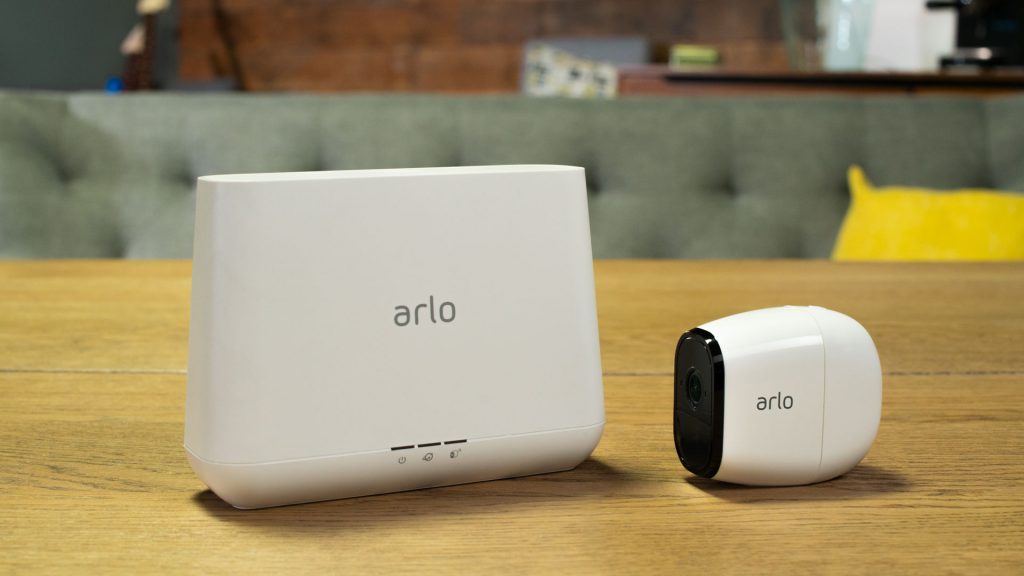
Surveillance cameras that are battery-powered are great solutions for those who do not have a need for a multi-camera network, as they can operate as standalone units. Battery-powered cameras are very easy to install, without the need to run any wires. This makes many of them good options for apartments or rental properties, since there is no physical modification of the location they are installed on (some models require mounting screws to a base however).
Because they do not have any wiring for either power or video transmission, battery-powered surveillance cameras also offer flexibility for placement around the home. If the initial implementation is for coverage of the front door and a temporary need arises for coverage of a different area (say contracted workers rebuilding a deck), these cameras can easily be relocated without trouble.
Generally speaking, battery-powered cameras can often be less expensive than other options since they can be single-camera systems. One thing to note about battery-powered surveillance cameras is that since they do need to operate via onboard battery power, this is something that will need to be changed from time to time. As such, placing a camera in an area with limited access may be cumbersome to change when the need arises.
Also, because these cameras are often Wi-Fi IP cameras (so they can be accessed via app) they require a sturdy internet connection for proper transmission. If the network is not stable, the access or video recording will not be optimal, and some brands require a cloud storage fee for the footage.
Many battery-powered units offer things like motion detection alerts, automatic recording of motion, and audio recording or even two-way audio communication.
Common brands are Netgear Arlo, Logitec, and Ring among others.
Hybrid Cameras
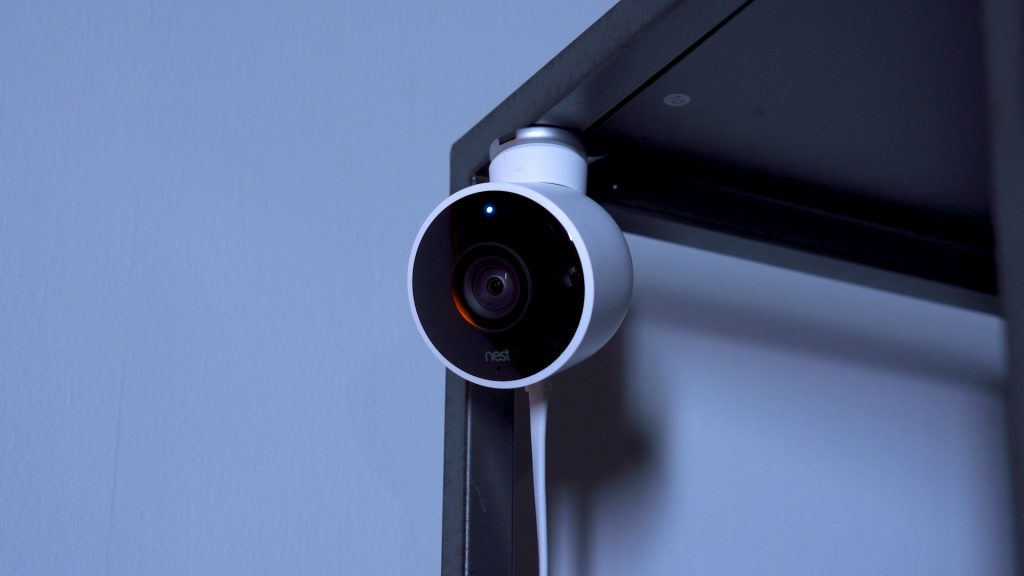
Another type of surveillance cameras that are popular with DIY security applications are Wi-Fi cameras that operate via AC power cable, also known as hybrid cameras. Since these models do not need to have batteries changed (unlike battery-powered models) they can be placed anywhere and rarely need to be accessed again.
One thing to note about hybrid cameras is that because they require AC power, their proximity to an outlet is going to be critical. This should be taken into account, as multi-camera systems will require one available plug per camera and enough cable to reach the unit.
Similar to battery-powered units, these IP cameras transmit the video feed over the Wi-Fi network so having a strong connection is critical. One difference between battery-powered surveillance systems and hybrid solutions is that some multi-camera hybrid models utilize a local hard drive to store footage, so cloud storage can often be avoided.
Similar to some battery-powered cameras, hybrid cameras can offer motion detection push notifications and recording, as well as audio recording and real-time two-way communication.
Some common brands are Amcrest, EZVIZ, and Nest cameras.
Wired Surveillance Cameras

Solutions with wired cameras are what generally come to mind when one thinks of “surveillance cameras”, but with recent technology advancements much has changed from the bulky monstrosities hanging to the outside of business buildings.
Surveillance cameras that are hard-wired offer the greatest stability, since their power and video feed are both utilizing wires instead of battery or Wi-Fi. This means that they are great for areas with high signal interference or unstable connectivity. Certain models of these cameras are Power Over Ethernet (PoE), which means that they both draw power and feed video through the same wire, eliminating the need to run multiple wires. This is a benefit for those looking to outfit an entire home system, as running numerous wires for long distances can prove to be a time-consuming affair. Since wired models do require some cables regardless of PoE or not, the installation process is more involved.
Since video is transmitted via wire, the file size and quality can be significantly higher— all the way up to 4K. These surveillance systems consist of multiple cameras, and are generally best for outdoor applications on whole-home (or business) solutions.
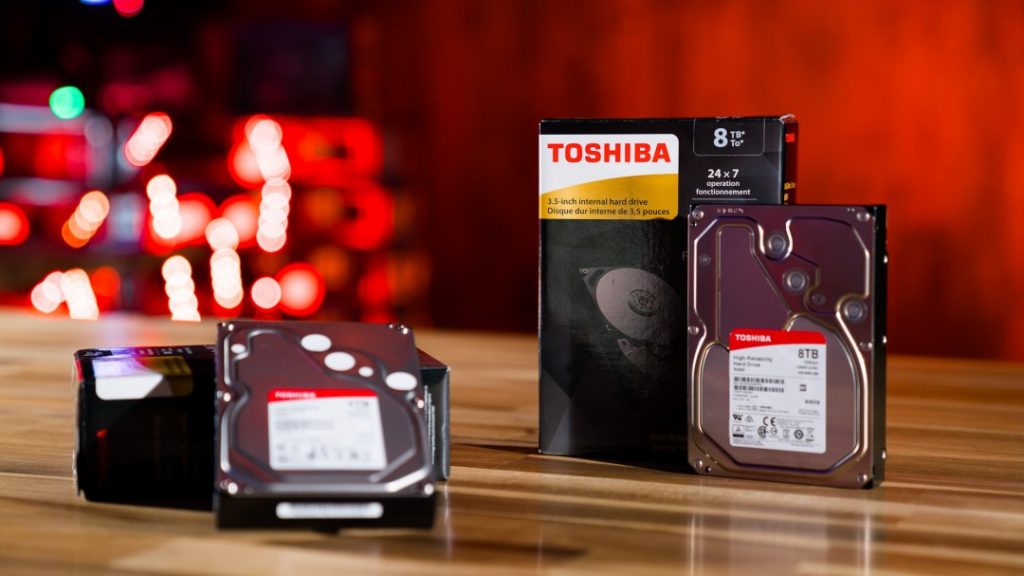
Since the data requirement is much greater with wired surveillance systems, these require hard drives to compile and store the footage from all the different feeds. How long surveillance cameras can record is really determined by the hard drive size of these units. Some come out-of-the-box with up to 8Tb hard drives, which can store days-worth of footage before needings to overwrite. These hard drives act as hubs, where all the different cameras tie in to centralize the feed for access via app or PC.
Some popular brands of wired camera solutions are GW Security, LaView, and Annke.
Always On, Always Watching
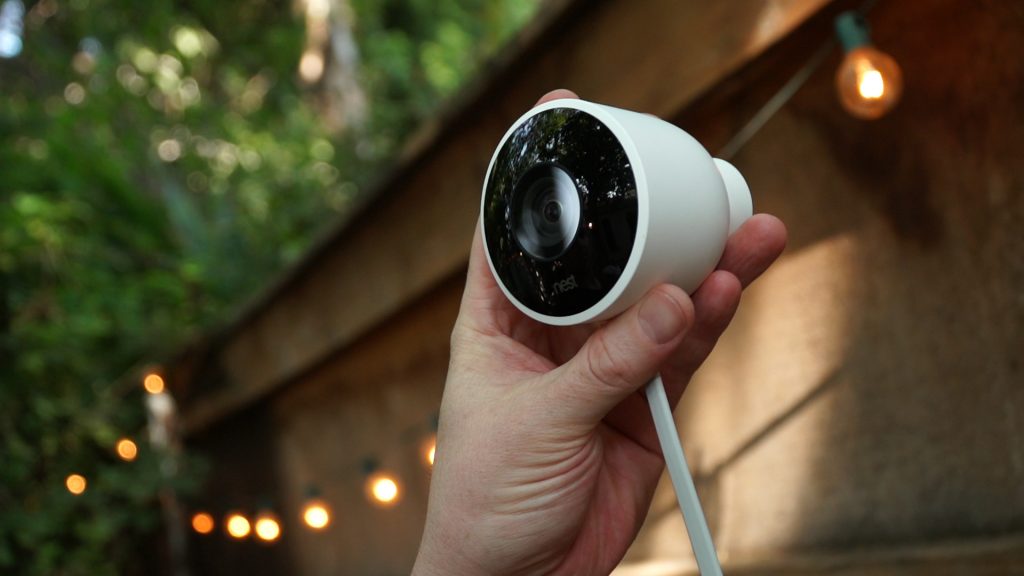
Whatever your home situation, bumping up the level of security with a surveillance system can not only bring peace of mind, but also act as a proactive deterrent against would-be thieves. With many of the new model cameras on the market today, instant mobile push notifications for activity combined with two-way voice communication allow residents to scare off sketchy characters before burglary or theft can cause a loss.
In circumstances where porch thieves or burglars strike and deal a blow, having video footage of the criminals will negate any question of why someone would have a surveillance system, with hard evidence to bring them to justice. At the end of the day, whether a full-home solution or a single camera is the best option for protection, it is always better to be prepared than considering a solution after the fact.
Note, all prices and products are accurate at the time of article publication, although some may have changed or are no longer available.
